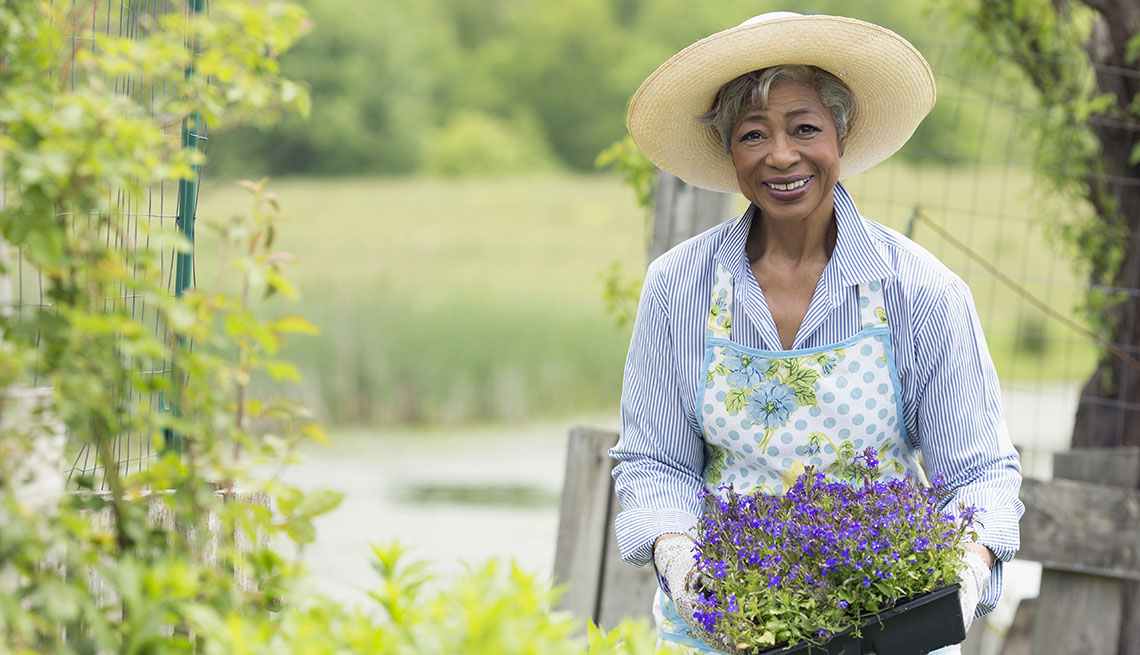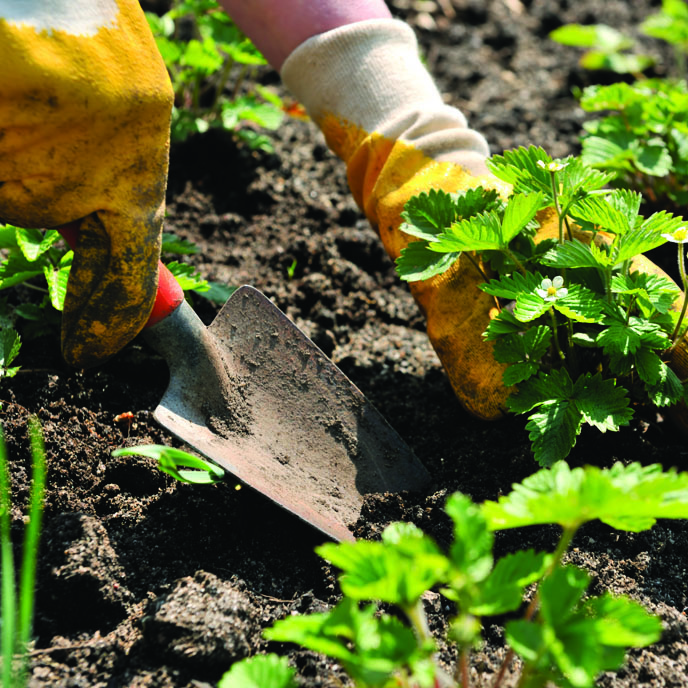Imaginative Gardening Concepts to Maximize Little Areas and Returns
Imaginative Gardening Concepts to Maximize Little Areas and Returns
Blog Article
The Comprehensive Guide to Horticulture: Discover the Advantages of Various Designs and Approaches
Gardening includes a diverse selection of designs and methods, each offering unique benefits tailored to private preferences and ecological contexts. As we check out these various designs, it becomes apparent that the choices made can dramatically affect both the yard's health and its payment to the surrounding environment.
Comprehending Gardening Basics
Understanding the basics of gardening is vital for growing a thriving and sustainable yard. An effective horticulture venture starts with a strong structure of knowledge concerning dirt, plant option, and climate factors to consider.
Picking the right plants is just as vital. Recognizing their certain demands-- such as sunshine, water, and spacing-- makes sure compatibility with the neighborhood environment and dirt problems. This selection process need to additionally consider the development habits and lifecycle of plants, allowing for a balanced and aesthetically pleasing garden.
Furthermore, efficient watering methods are critical. Over-watering and under-watering can both bring about plant stress and disease. Executing a routine based on seasonal changes and plant needs can improve water performance.
Popular Gardening Styles
What specifies the significance of prominent gardening styles? These designs envelop varied aesthetic principles, functional requirements, and ecological factors to consider, eventually reflecting the gardener's personal vision. Amongst one of the most popular designs is the home yard, identified by its casual design and a lively array of blossoms and vegetables. This approach stresses an unified blend of color and structure, creating a welcoming environment.
On the other hand, the formal yard embodies proportion and order, usually featuring geometric patterns and diligently trimmed bushes. This style connects beauty and sophistication, with meticulously chosen plants that reinforce an organized aesthetic.
The Japanese yard provides a serene and reflective experience, using all-natural components like water, rocks, and plants to produce a peaceful atmosphere. It focuses on simplicity and balance, urging contemplation.
In addition, xeriscaping has gotten appeal, particularly in dry regions (Gardening). It prioritizes drought-resistant plants and reliable water usage, promoting sustainability while improving landscape elegance
Benefits of Container Gardening
Container horticulture provides a plethora of benefits that make it an enticing option for both amateur and seasoned gardeners alike. Among the primary advantages is versatility; containers can be positioned in various locations, allowing gardeners to enhance sunshine direct exposure and develop visually enticing arrangements. This versatility makes it feasible to yard in areas where traditional in-ground gardening might not be viable, such as terraces, patio areas, or city atmospheres.
In addition, container gardening offers better control over soil conditions. Gardeners can customize the dirt mix to suit particular plants, making sure optimal drainage and nutrient accessibility. This is specifically advantageous for individuals staying in areas with bad or infected dirt.
Another substantial advantage is the lowered risk of parasites and conditions. Container plants can be checked extra conveniently, and any concerns can be resolved promptly. click for info This method can decrease the spread of intrusive species.
Lasting Horticulture Practices
Lasting horticulture techniques are essential for advertising environmental wellness and enhancing biodiversity in our environments. These techniques prioritize eco-friendly balance, resource preservation, and making use of natural techniques to lessen adverse environmental impacts. By utilizing strategies such as composting, gardeners can decrease waste while enriching soil health, consequently cultivating a flourishing garden ecosystem.
Water conservation is an additional vital element of lasting horticulture. Methods such as rain harvesting, drip watering, and making use of drought-resistant plants can dramatically minimize water use while making certain that plants receive ample moisture. In addition, incorporating indigenous plant species right into yard layouts supports neighborhood wild animals and lowers the demand for chemical fertilizers and pesticides, which can be harmful to the environment.

Ultimately, sustainable gardening techniques not only add page to much healthier yards but also promote a more resilient atmosphere, offering long-lasting advantages to both the garden enthusiast and the surrounding area.
Tips for Effective Gardening
To cultivate a thriving garden, gardeners need to prioritize careful planning and thoughtful execution of their gardening approaches. Begin by examining the local climate and dirt problems, as these variables significantly affect plant option and growth. Select plants that are well-suited to your atmosphere, thinking about native species that will certainly thrive with very little treatment.
Executing a well-structured design is critical (Gardening). Make use of buddy planting techniques to advertise biodiversity and all-natural pest control, while making sure each explanation plant has adequate room for development. This not only enhances visual appeals yet also improves total plant wellness
Routine maintenance is vital to an effective yard. Develop a regular schedule for watering, weeding, and fertilizing. Mulching can assist retain dampness and suppress weeds, while likewise adding raw material to the dirt.
Frequently keeping track of plant wellness and growth will certainly allow for timely treatments. Be open to discovering and adjusting; gardening is a continual process that benefits from experience and testing.
Final Thought


In summary, the exploration of varied gardening designs and techniques reveals their multifaceted benefits, contributing to both aesthetic appeal and ecological health. Container gardening provides flexibility and availability, while sustainable methods enhance environmental stewardship. By incorporating numerous methods and methodologies, garden enthusiasts can enhance their initiatives, promote biodiversity, and produce functional outdoor areas. Ultimately, this thorough guide offers as a valuable source for cultivating successful gardening experiences, cultivating a deeper link with nature and the bordering environment.
Report this page